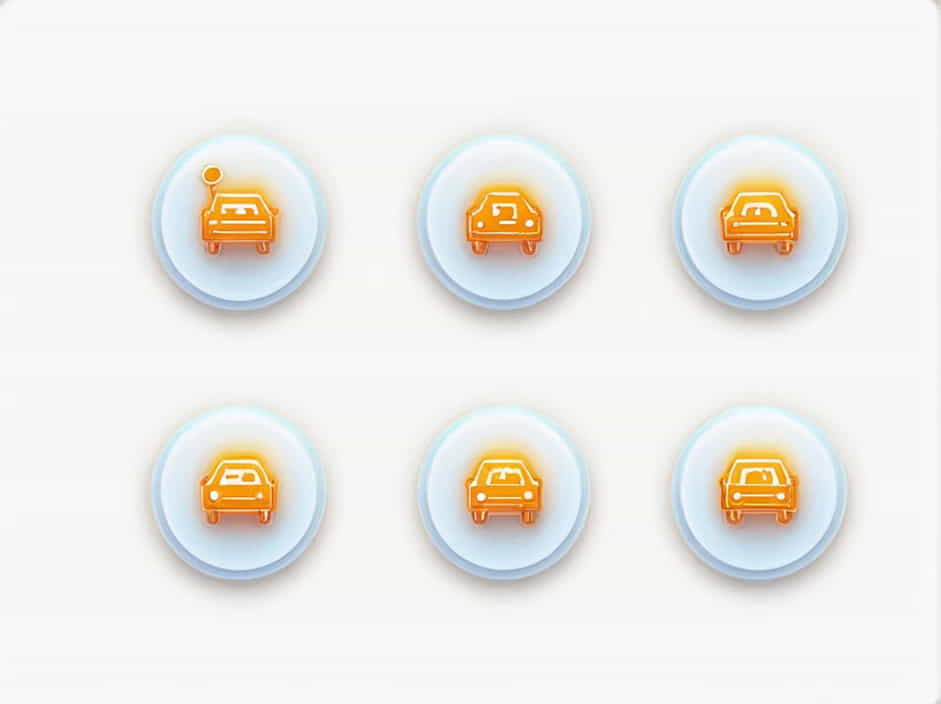Getting a driver’s license is an important milestone, but before full independence on the road, many new drivers must go through a supervised restricted practice driving phase. This period allows them to gain real-world experience while following specific rules.
In this topic, we will explore what validated supervised restricted practice driving means, how to qualify, the benefits, and important rules to follow.
What is Supervised Restricted Practice Driving?
Supervised restricted practice driving is a phase where learner drivers or those with a provisional license can practice driving under supervision. This helps them:
- Develop driving skills in a controlled environment.
- Learn traffic rules and regulations.
- Gain confidence before obtaining a full driver’s license.
To participate, drivers must be validated, meaning they have met specific requirements set by licensing authorities.
Who Needs Supervised Restricted Practice Driving?
This phase is typically required for:
- Teen drivers who have a learner’s permit.
- New drivers with limited experience.
- Drivers transitioning to a new type of vehicle (e.g., motorcycles, commercial trucks).
- Individuals regaining driving privileges after a suspension.
Each region or country may have different rules regarding eligibility.
Requirements for Validation
To be validated for supervised restricted practice driving, applicants must meet certain conditions. These often include:
- Minimum Age – Most regions require learners to be at least 16 years old.
- Passing a Written Test – Covers road signs, traffic laws, and driving safety.
- Medical Requirements – Some places require a vision test or health clearance.
- Parental or Guardian Consent – If under 18, consent from a parent may be necessary.
- Enrollment in a Driver’s Education Program – Some areas require formal driver training.
Once these requirements are met, the driver receives official validation to start practice driving under supervision.
Rules for Supervised Restricted Practice Driving
To ensure safety, there are strict rules for supervised restricted practice driving. These rules vary by location but often include:
1. Supervision by a Licensed Driver
A learner must always be accompanied by a qualified supervisor, typically someone who:
- Is at least 21–25 years old.
- Holds a valid full driver’s license.
- Has several years of driving experience.
The supervisor must be in the front passenger seat and remain attentive at all times.
2. Time Restrictions
Many regions prohibit driving at night for learners, usually between 10 PM and 5 AM. This reduces the risk of accidents, as night driving is more challenging.
3. Passenger Limits
To minimize distractions, some areas limit the number of passengers a learner can have, often allowing only:
- The supervising driver.
- One or two additional passengers, if permitted.
4. Zero Alcohol or Drugs Policy
Learner drivers must maintain a 0.00% blood alcohol concentration (BAC) and avoid any substances that impair driving. Any violation can result in:
- License suspension.
- Fines or penalties.
- Extended learner period.
5. Speed and Road Restrictions
Some learners may be required to:
- Drive below a certain speed limit (e.g., no faster than 50–60 mph).
- Avoid highways or busy roads until they gain more experience.
Breaking these rules can lead to delays in obtaining a full license.
Benefits of Supervised Restricted Practice Driving
1. Builds Confidence
Learners get hands-on experience, helping them become comfortable and skilled behind the wheel.
2. Improves Road Safety
With guidance from an experienced driver, learners can practice defensive driving techniques, reducing accidents.
3. Prepares for the Driving Test
By practicing in real-world conditions, drivers increase their chances of passing the road test on the first attempt.
4. Reduces Insurance Costs
Some insurance companies offer discounts to learners who complete supervised practice and pass their test without violations.
How to Make the Most of Your Supervised Practice Driving
To maximize this learning period, follow these tips:
-
Plan Your Practice Routes
Start with quiet streets, then progress to busier roads and highways as confidence builds. -
Practice Different Conditions
Drive in daylight, rain, and nighttime to experience various driving environments. -
Learn Defensive Driving
Anticipate other drivers’ actions, maintain a safe following distance, and avoid distractions. -
Follow Traffic Laws Strictly
This ensures safety and prevents any penalties that could delay license approval. -
Get Feedback from Your Supervisor
Ask for constructive criticism to improve skills and correct mistakes.
Steps to Transition from Supervised to Full License
Once the required supervised practice hours are completed, learners can apply for a full driver’s license. The process typically involves:
-
Meeting the Minimum Practice Hours
Many places require 50–100 hours of logged practice driving. -
Taking a Road Test
Learners must pass a practical driving test to demonstrate safe driving abilities. -
Graduated Licensing System (If Applicable)
Some areas have a graduated system, requiring an intermediate license before full privileges. -
Avoiding Traffic Violations
Any violations during the learning phase can delay or disqualify a driver from getting a full license.
Being validated for supervised restricted practice driving is a crucial step in becoming a responsible and skilled driver. By following the rules, practicing regularly, and learning from mistakes, learners can build confidence and pass their driving test successfully.
With patience, dedication, and proper guidance, anyone can become a safe and competent driver ready for the road ahead.
